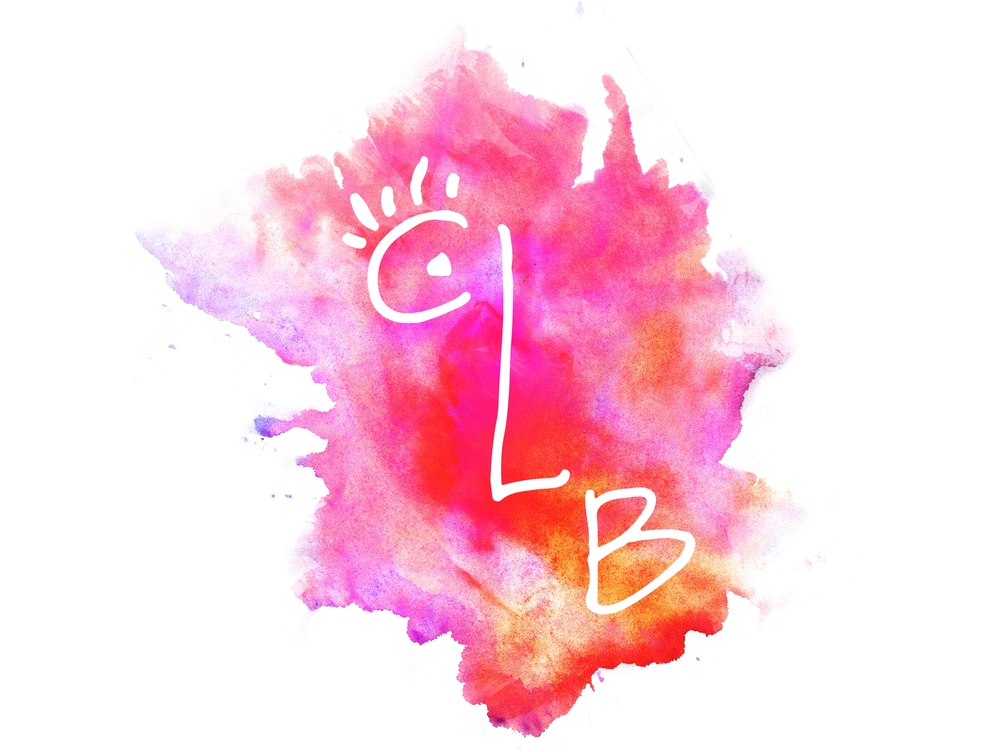{This is a series on my blog I've lovingly named Sweet Baby Angle (any Murderinos reading this?) where I'll dive into some tips and tricks for making your photos better and more socially acceptable.}
New band name, I called it.
In the age of social media, we constantly see photos flashing in our eyeballs. Some are really beautiful, some are really funny, and some are what your former high school classmate ate this morning (spoiler alert: it's soggy-looking cereal. #breakfastofchampions #blessed).
It's easier to take a bad photo than it is a good one. Even Martha Stewart can make 5-star quality food look disgusting.
But imagine there was a way to make that boring bowl of cereal look as if Gordon Ramsey poured the milk himself.
lighting 101: the basics of finding the "pretty food" light
Pro tip: Always ask for a table by the window.
Seek soft, natural, indirect sunlight.
There are a few reasons why natural light is my favorite to work with, especially with food: it's easily accessible, it makes colors look true to life and it is soft and flattering.
I can almost taste the pink champagne in this photo.
The indirect light is what you want to look for when photographing people (to avoid squinting) and food or other objects to avoid highlights being blown out, colors looking off, and too much contrast.
Dogs are naturally drawn to window light and I trust a dog's judgement more than most.
Avoid mixing Artificial Light with daylight
If I'm photographing something inside, I turn off any type of lighting that's on when the sun is out. Most artificial light gives off a yellow, magenta, or orange hue, while natural light tends to be cooler. And a fun fact about light is it bounces around like a bouncy ball on a trampoline. It reflects and refracts. Meaning, if you stand near a red wall, you will turn pinker because of the light bouncing off the wall and landing on you. Remeber the white/gold blue/black dress incident of 2015? Light can literally change the color that something actually is.
So turn off those lights (if you can), open up those shades, and plop your subject next to a window!
I turned off all the lights in the room for this photo.
keep the flash off
Sometimes the sun just isn't out, or you're not close to a window-- but you really need to take that picture. Do me a favor and turn off your flash. Wait, don't panic! It's ok! We can do this together. Take a look around, and pay attention to the light that is available. Many times you don't need to turn your flash on when you're inside. A flash pointing straight at your subject can ruin a photo. Use available artificial light to your advantage. Seek out any light that isn't your camera's flash option, and place your subject next to it.
This chandelier helped a brother out so much with this shot.
keep the light at an angle. a triangle.
Most of my favorite photos always have the light source angled toward the subject at a 45° angle.
If you drew a line between the light source, the photographer, and the subject, it should always form a triangle. Position the light source off to the side of the camera, in-between you and your subject.
Facts: This was taken with the natural light at a 45° angle tip in mind. Also, Barry (right) weighs 100 lbs now.
if you need to back light, block the light
A good way to blow out a photo is to point the lens right at the light. So if you wanna get all artsy fartsy and backlight your photo, make sure something is blocking the light from going directly into your lens at full force, or you risk losing detail in your subject.
Block the light source with an object in the background or the person/object you are photographing.
Backlighting with the tree mostly blocking the sun.
Letting too much light in can be distracting.
This is an example of how backlighting can ruin an otherwise cute photo. Looks like poor Olive lost an ear.
Try to diffuse the light as much as possible when you're outside.
I waited until the sun was tucked behind those clouds for this photo.
When in doubt, find the shade.
Since I'm a huge fan of soft lighting, when I'm outside and the sun is bright I find the shade or a find a way to make shade.
I could probably go even more in depth with lighting, but I think this covers the basics for now!
Is there anything you want me to cover in the Sweet Baby Angle series? Let me know in the comments!












